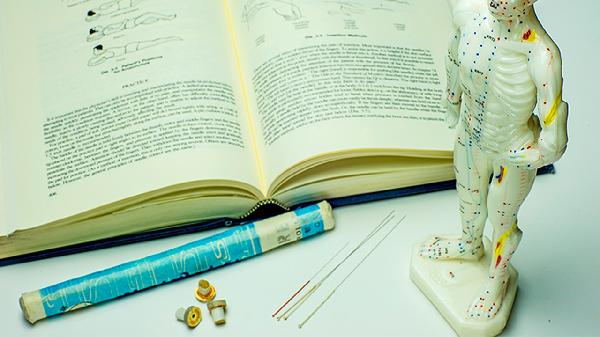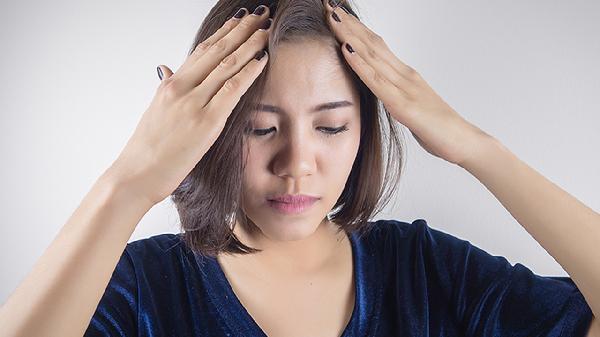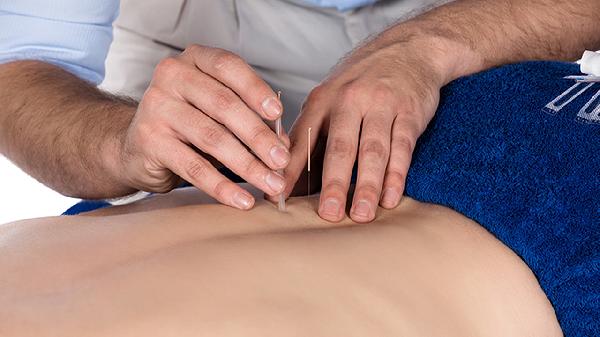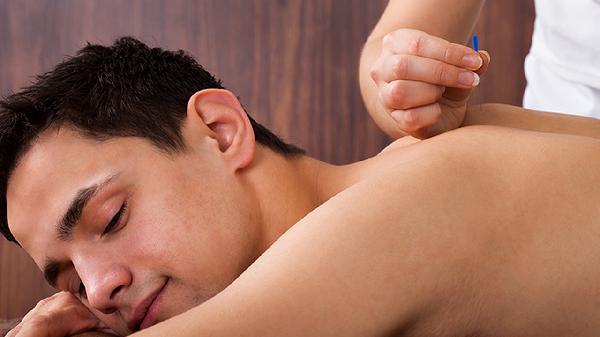Dry needling and acupuncture are often compared, but they are distinct practices with different origins, techniques, and purposes. While both involve the insertion of thin needles into the body, their underlying philosophies, applications, and goals differ significantly. Dry needling is rooted in modern Western medicine and focuses on relieving muscle pain and dysfunction by targeting trigger points, whereas acupuncture is based on traditional Chinese medicine and aims to balance the body’s energy flow (Qi) to promote overall health and well-being.
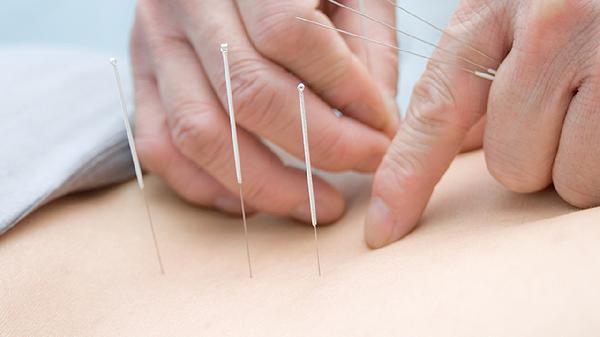
Understanding Dry Needling
Dry needling is a therapeutic technique used by physical therapists, chiropractors, and other healthcare professionals to treat musculoskeletal pain and dysfunction. It involves inserting thin, solid needles into specific trigger points—tight knots in muscles that can cause pain and restrict movement. The goal of dry needling is to release these trigger points, reduce muscle tension, and improve blood flow to the affected area. This technique is often used to treat conditions such as chronic pain, sports injuries, and tension headaches. Unlike acupuncture, dry needling does not follow a holistic approach or involve concepts like energy flow or meridians. It is strictly focused on addressing physical pain and dysfunction.
Understanding Acupuncture
Acupuncture is a key component of traditional Chinese medicine that has been practiced for thousands of years. It is based on the belief that the body’s vital energy, or Qi, flows through specific pathways called meridians. When this energy flow is blocked or imbalanced, it can lead to physical or emotional health issues. Acupuncturists insert thin needles into specific points along these meridians to restore balance and promote healing. Acupuncture is used to treat a wide range of conditions, including chronic pain, stress, digestive disorders, and infertility. Unlike dry needling, acupuncture takes a holistic approach, addressing not only physical symptoms but also emotional and energetic imbalances.
Key Differences Between Dry Needling and Acupuncture
The primary difference between dry needling and acupuncture lies in their underlying philosophies and techniques. Dry needling is rooted in Western medical principles and focuses on relieving muscle pain by targeting trigger points. It is a relatively new practice that has gained popularity in recent decades. Acupuncture, on the other hand, is based on traditional Chinese medicine and aims to balance the body’s energy flow to promote overall health. It is a time-tested practice with a rich history and cultural significance. Another key difference is the training and certification required for practitioners. Acupuncturists undergo extensive training in traditional Chinese medicine and must be licensed to practice, while dry needling practitioners typically have a background in physical therapy or chiropractic care and may not require the same level of specialized training.
Applications and Effectiveness
Both dry needling and acupuncture have been shown to be effective in treating certain conditions, but their applications differ. Dry needling is primarily used to address musculoskeletal pain and dysfunction, such as chronic back pain, neck pain, and sports injuries. It is often used as part of a broader physical therapy or rehabilitation program. Acupuncture, on the other hand, is used to treat a wide range of conditions, including chronic pain, stress, anxiety, digestive disorders, and respiratory issues. It is often used as a standalone treatment or in conjunction with other holistic therapies. Research has shown that both techniques can be effective in reducing pain and improving function, but the specific benefits depend on the individual’s condition and the practitioner’s skill.
Choosing Between Dry Needling and Acupuncture
When deciding between dry needling and acupuncture, it is important to consider your specific needs and goals. If you are dealing with muscle pain or dysfunction and prefer a treatment rooted in Western medical principles, dry needling may be a good option. It is particularly effective for addressing localized pain and improving mobility. If you are looking for a holistic approach that addresses both physical and emotional health, acupuncture may be more suitable. It can help promote overall well-being and address a wide range of conditions. It is also important to choose a qualified and experienced practitioner, as the effectiveness of both techniques depends on the practitioner’s skill and expertise.
Safety and Side Effects
Both dry needling and acupuncture are generally safe when performed by qualified practitioners. However, there are some potential side effects and risks to be aware of. Common side effects of dry needling include soreness, bruising, and temporary muscle twitching. In rare cases, more serious complications such as infection or nerve damage can occur. Acupuncture is also generally safe, but some people may experience mild side effects such as soreness, bruising, or dizziness. In rare cases, more serious complications such as organ injury or infection can occur. To minimize the risk of side effects, it is important to choose a qualified practitioner and follow their recommendations for aftercare.
Integrating Dry Needling and Acupuncture into Your Health Routine
Both dry needling and acupuncture can be valuable additions to your health routine, depending on your needs and goals. If you are dealing with chronic pain or muscle dysfunction, dry needling can help relieve pain and improve mobility. It is often used as part of a broader physical therapy or rehabilitation program. Acupuncture, on the other hand, can help promote overall well-being and address a wide range of physical and emotional health issues. It is often used as a standalone treatment or in conjunction with other holistic therapies. To get the most out of these techniques, it is important to work with a qualified practitioner and communicate openly about your needs and goals.
Final Thoughts
While dry needling and acupuncture share some similarities, they are distinct practices with different philosophies, techniques, and applications. Dry needling is rooted in Western medical principles and focuses on relieving muscle pain and dysfunction, while acupuncture is based on traditional Chinese medicine and aims to balance the body’s energy flow to promote overall health. Both techniques can be effective in treating certain conditions, but the best choice depends on your specific needs and goals. By understanding the differences between these two practices and working with a qualified practitioner, you can make an informed decision and find the treatment that is right for you.

